Phagocytosis
Specialized immune cells such as macrophages internalize and destroy bacteria to fight infections. This process, called phagocytosis is a key part of the innate mammalian immune system.
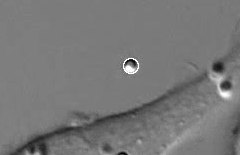
When an invading bacterium binds to the membrane of a macrophage, the cell membrane starts to wrap around the invader and internalizes the pathogen. This process was so far mainly investigated by conventional light and electron microscopy, which provide primarily kinematic and structural information. However, the mechanical properties of this process, described by the physical forces and energies involved are still barely known.
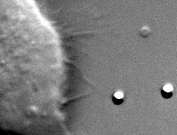
We investigate the mechanics of the phagocytic machinery by using optical tweezers, magnetic tweezers and traction force microscopy in combination with live cell microscopy. We found for example that filopodia, thin spike-like cell protrusions act as cellular tentacles during phagocytosis: a few seconds after binding to a particle, filopodia retract and pull the bound particle toward the cell in an f-actin-dependent stepwise manner. The force-velocity relationship of this retraction is in agreement with the kinetics of an ensemble of multiple motors. Furthermore, we found that the intracellular transport of phagosomes strongly depends on the phagosome size. Large phagosomes are transported very persistently towards the perinuclear region whereas small phagosomes show strong bidirectional transport. Dynein motors play a larger role in the transport of large phagosomes, whereas actin filament-based motility plays a larger role in the transport of small phagosomes.
Publications
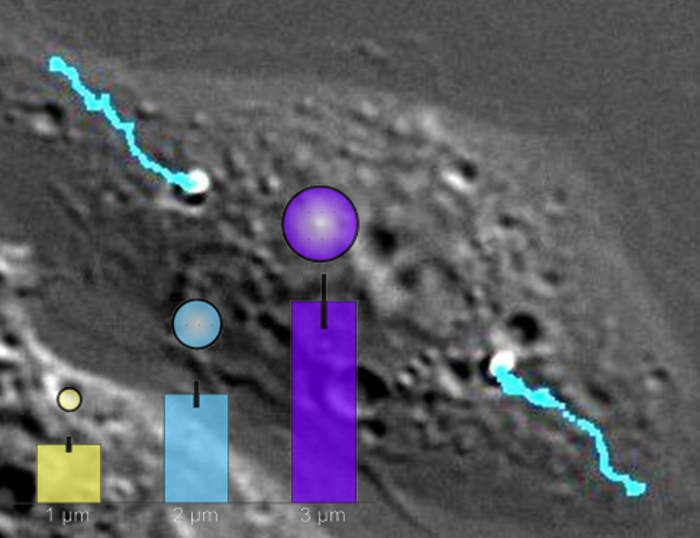
S. Keller, K. Berghoff, H. Kress
Phagosomal transport depends strongly on phagosome size
Scientific Reports, 7, (2017), 17068
DOI: 10.1038/s41598-017-17183-7
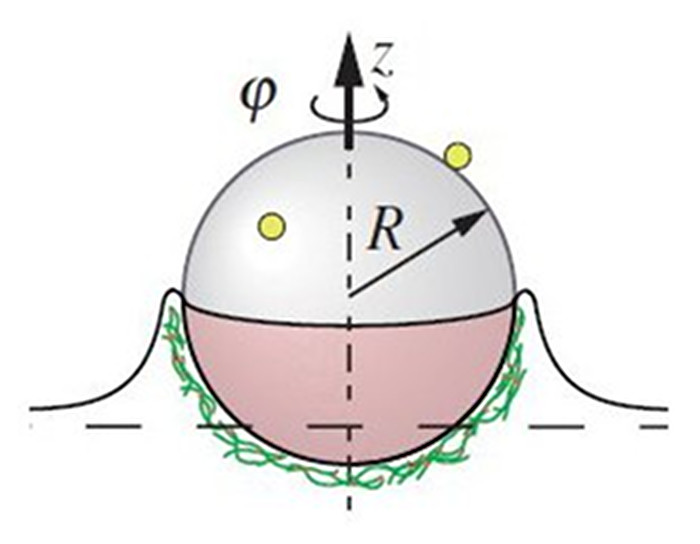
M. Irmscher, A. M. de Jong, H. Kress*, M. W . J. Prins*
A method for time-resolved measurements of the mechanics of phagocytic cups
J. R. Soc. Interface, 10 (82), (2013), 20121048
* Joint corresponding authorship
DOI: 10.1098/rsif.2012.1048
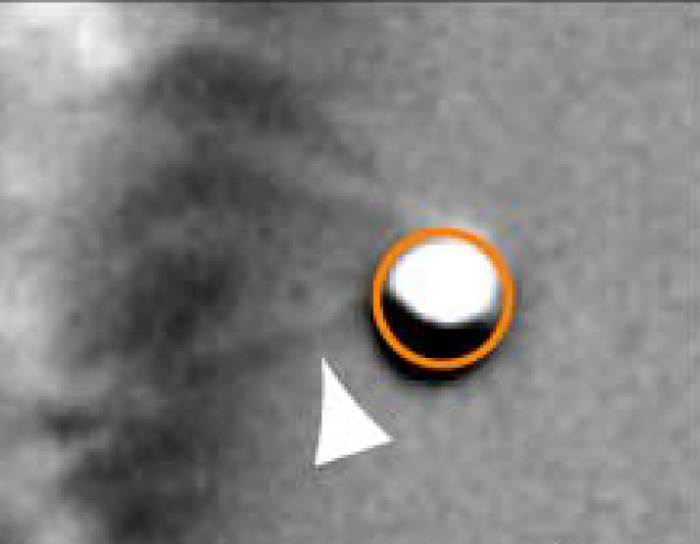
H. Kress, E. H. K. Stelzer, D. Holzer, F. Buss, G. Griffiths, A. Rohrbach
Filopodia act as phagocytic tentacles and pull with discrete steps and a load-dependent velocity
PNAS, 104 (28), (2007), 11633-11638
Supplementary Movies: Movie1.mov, Movie2.mov
• Named by Discover magazine as one of the 'Top 100 Science Stories of 2007'
DOI: 10.1111/j.1462-5822.2005.00675.x
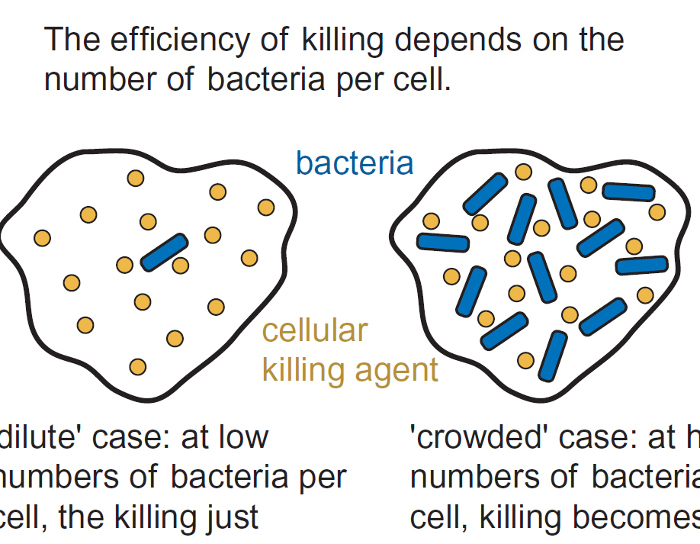
E. Anes, P. Peyron, L. Staali, L. Jordao, M.G. Gutierrez, H. Kress, M. Hagedorn, I. Maridonneau-Parini, M.A. Skinner, A.G. Wildeman, S.A. Kalamidas, M. Kuehnel, G. Griffiths
Dynamic life and death interactions between Mycobacterium smegmatis and J774 macrophages
Cellular Microbiology, 8 (6), (2006), 939-960
DOI: 10.1111/j.1462-5822.2005.00675.x
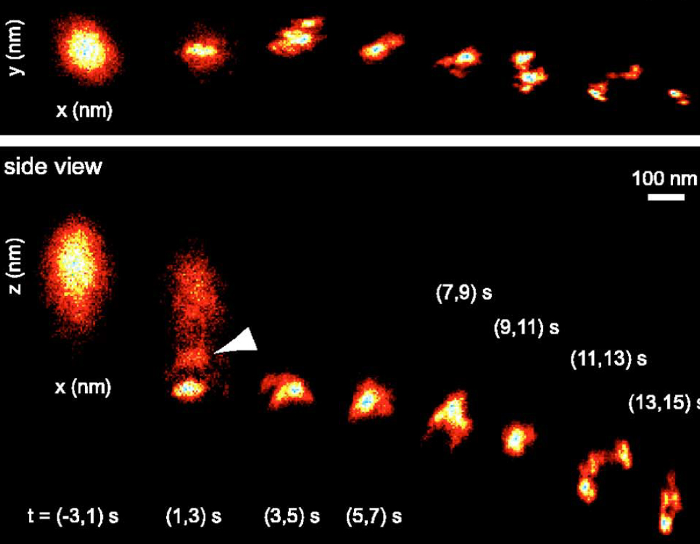
H. Kress, E. H.K. Stelzer, G. Griffiths, and A. Rohrbach
Control of relative radiation pressure in optical traps: Application to phagocytic membrane binding studies
Phys. Rev. E, 71 (6), (2005), 061927
DOI: 10.1103/PhysRevE.71.061927
